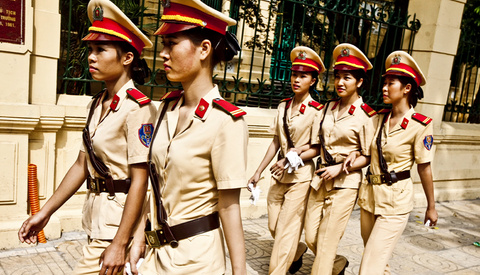What to Think About When You Want to Photograph in a War-Torn Country
I get questions like these daily, mostly from inexperienced or new photojournalists who want to get into documentary photography. I often repeat the same answers, so I figured it might be useful to put it all into a single article. So, here are the bare basics of high-risk documentary photography.





![[BTSV] Blast from the Past: Creating a Nat Geo Cover in the Studio](https://cdn.fstoppers.com/styles/med-16-9/s3/wp-content/uploads/2012/04/trex.jpg)





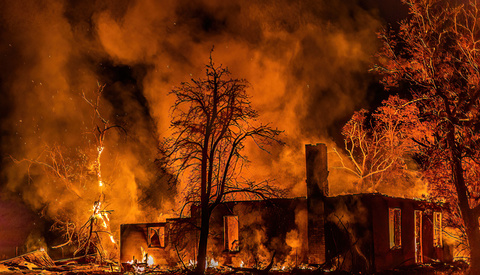







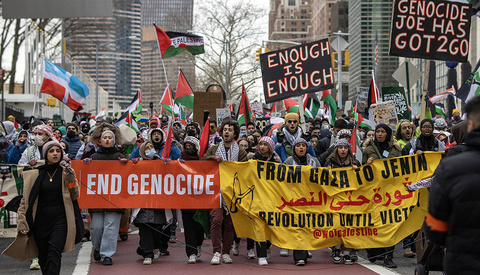




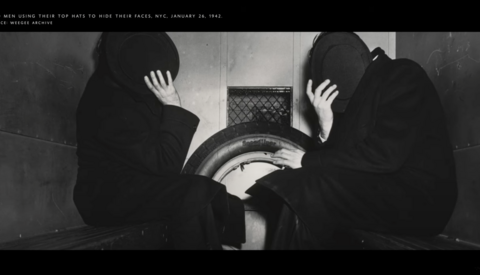









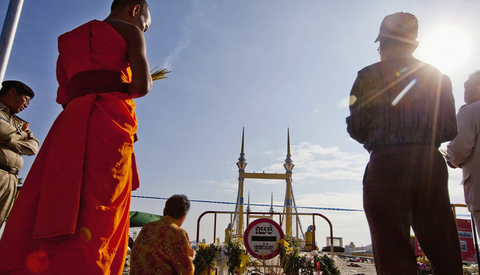


![[FS Spotlight] Photographer Ursula Coyote of Breaking Bad Talks About Breaking into TV Stills, Unions, and the Film Industry](https://cdn.fstoppers.com/styles/med-16-9/s3/wp-content/uploads/2012/03/bb3_006.jpg)


